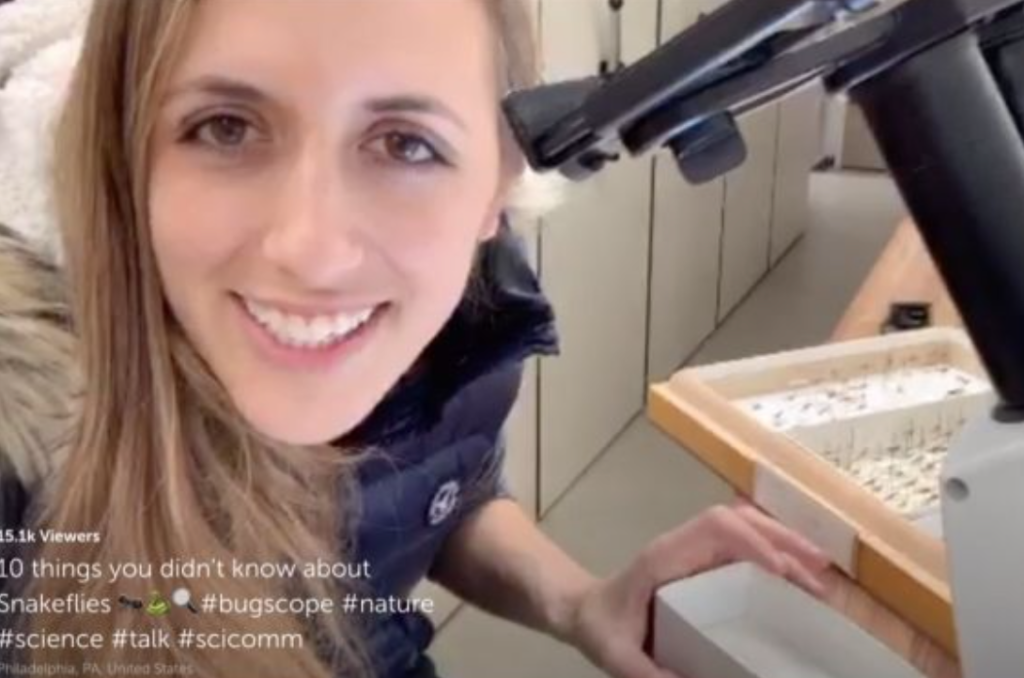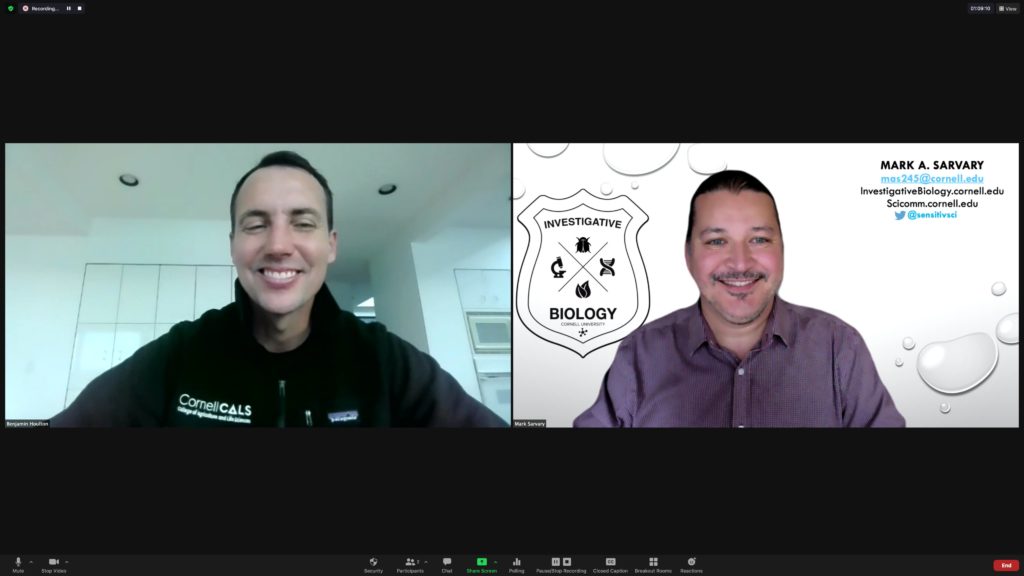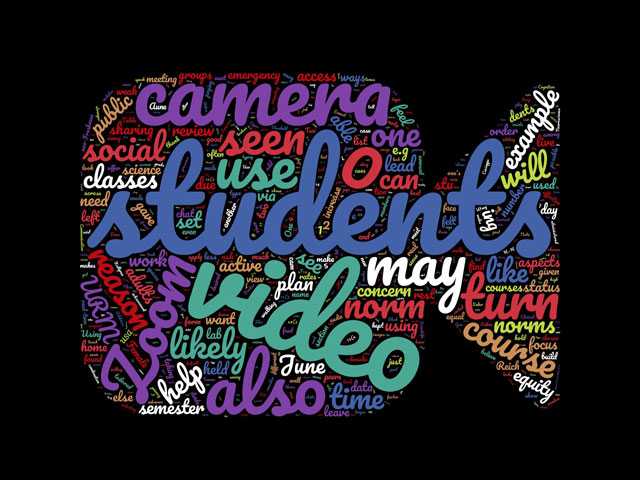Podcast: Play in new window | Download
Subscribe: Apple Podcasts | Spotify | Email | RSS | More
Similar to previous years, in March we recognize women scientists who have connections to the Finger Lakes.
Isa Betancourt is an entomologist and science communicator who received her B.S. from Cornell University and M.S. from Drexel University. She runs The Bugscope! a very popular live broadcast every Thursday ~2:45 pm ET. Her followers can learn about 6 and 8 legged creatures on her Facebook account and on Twitter as well.
She talks to Mark Sarvary about insects and science communication (they share a passion for both of those topics) and her super exciting upcoming adventure with National Geographic.

In a historical piece, Kitty Gifford tells us about Anna Botsford Comstock (September 1, 1854 – August 24, 1930) and her best-selling book The Handbook of Nature Study.

Dr. Anna Levina is an Active Learning Postdoctoral Researcher and potato expert at Cornell University. Nancy Ruiz talked to her about potatoes, teaching, pedagogy, and life in general.
Producer: Mark Sarvary
Music/Voiceover: Joe Lewis
Contributors: Kitty Gifford, Nancy Ruiz & Mark Sarvary








